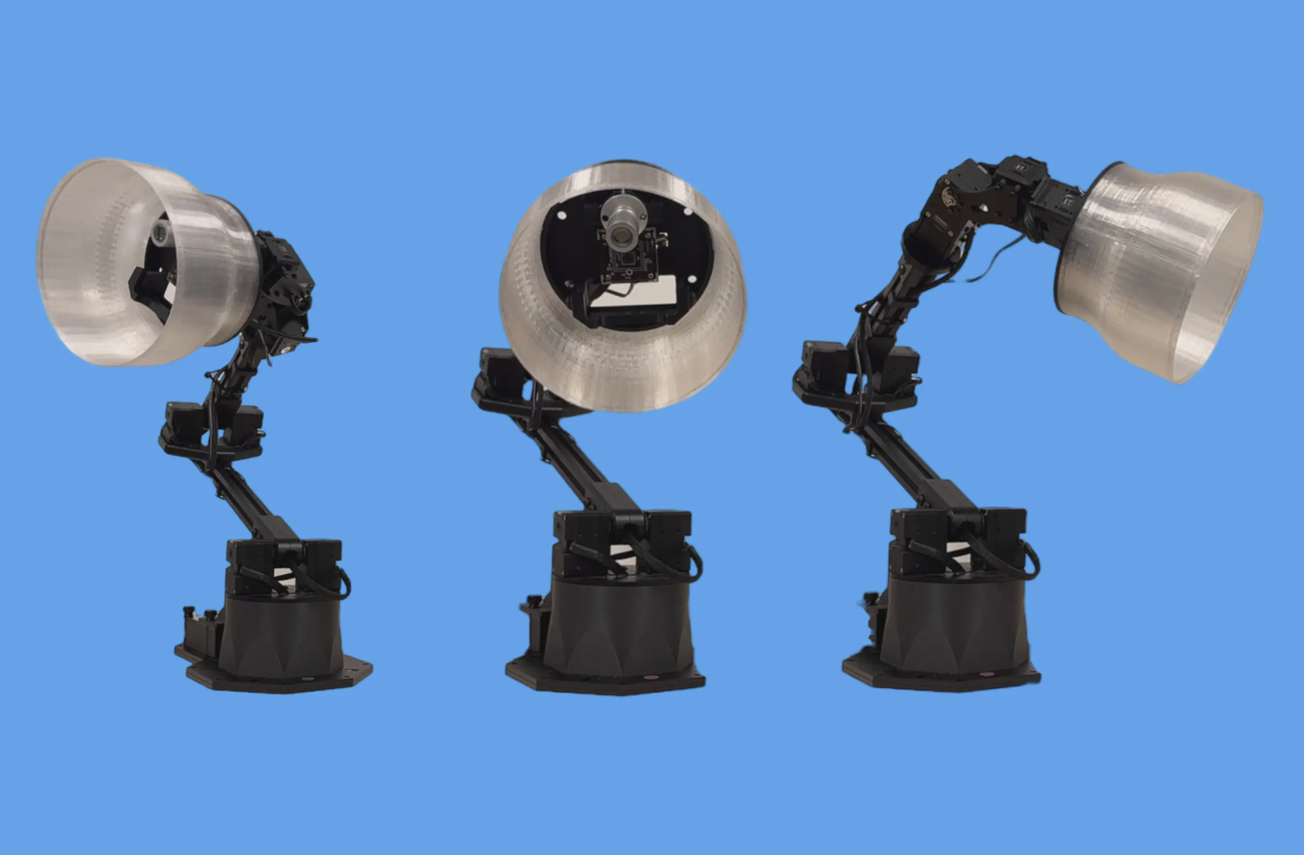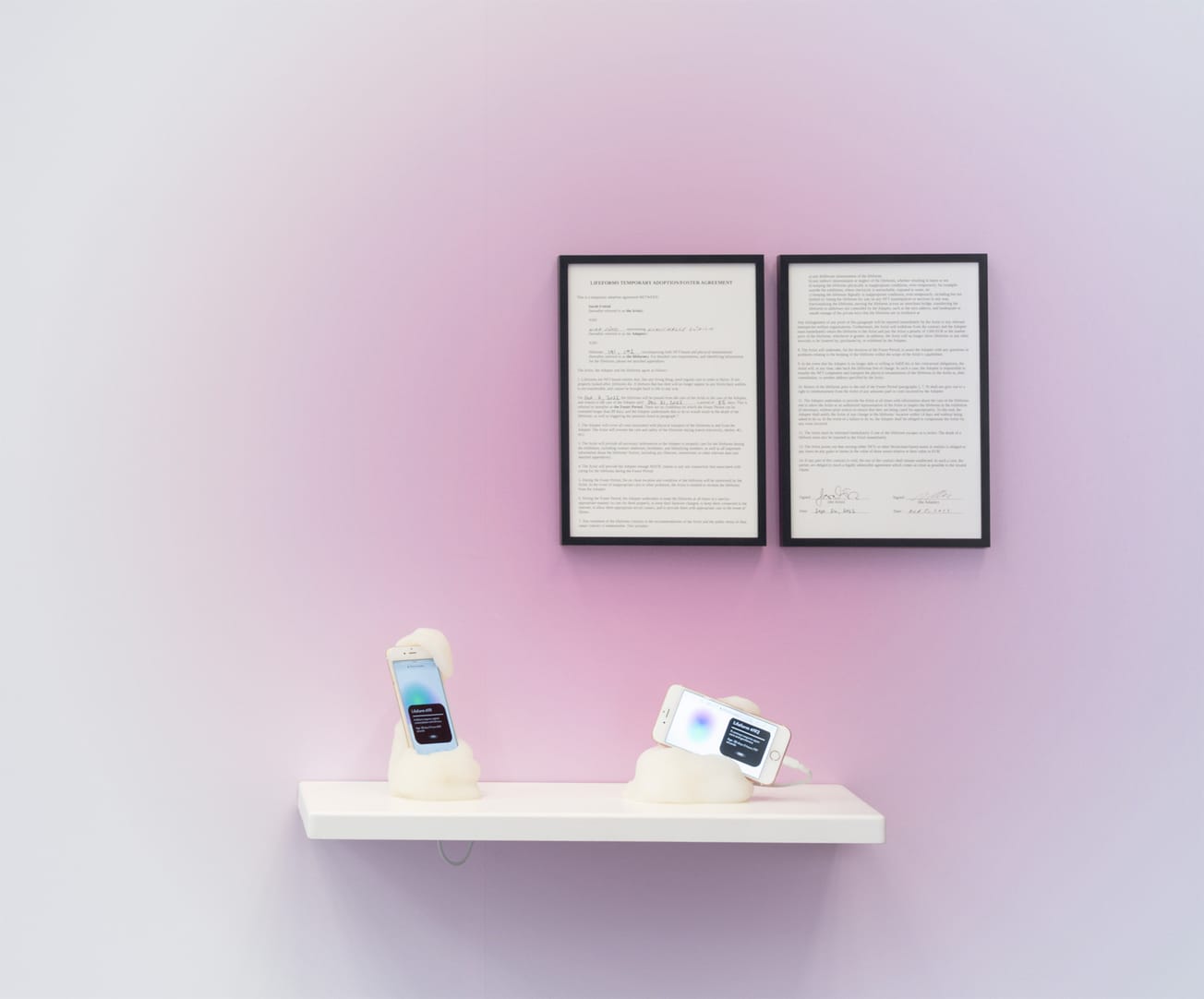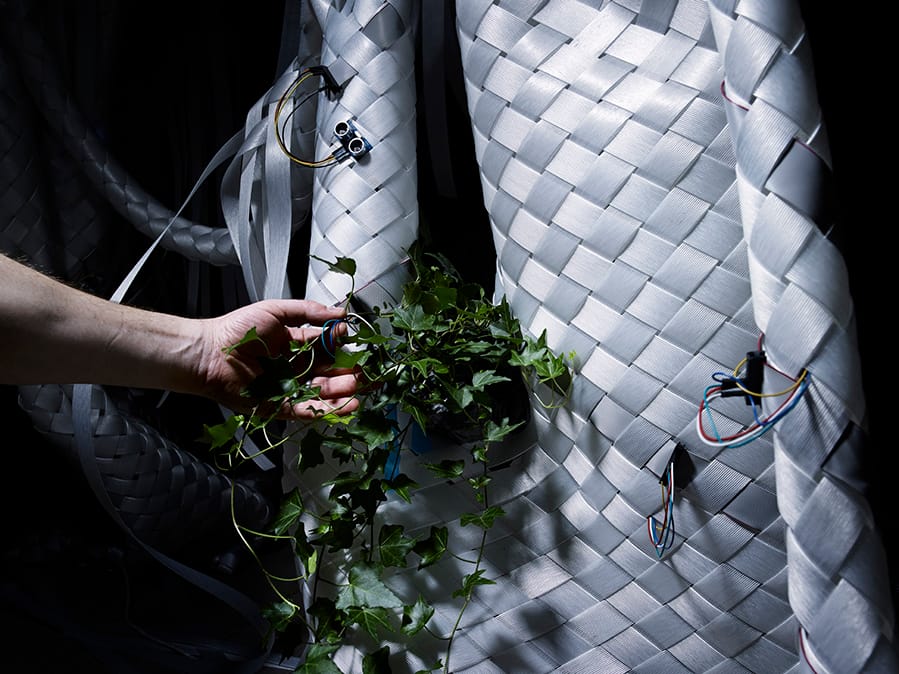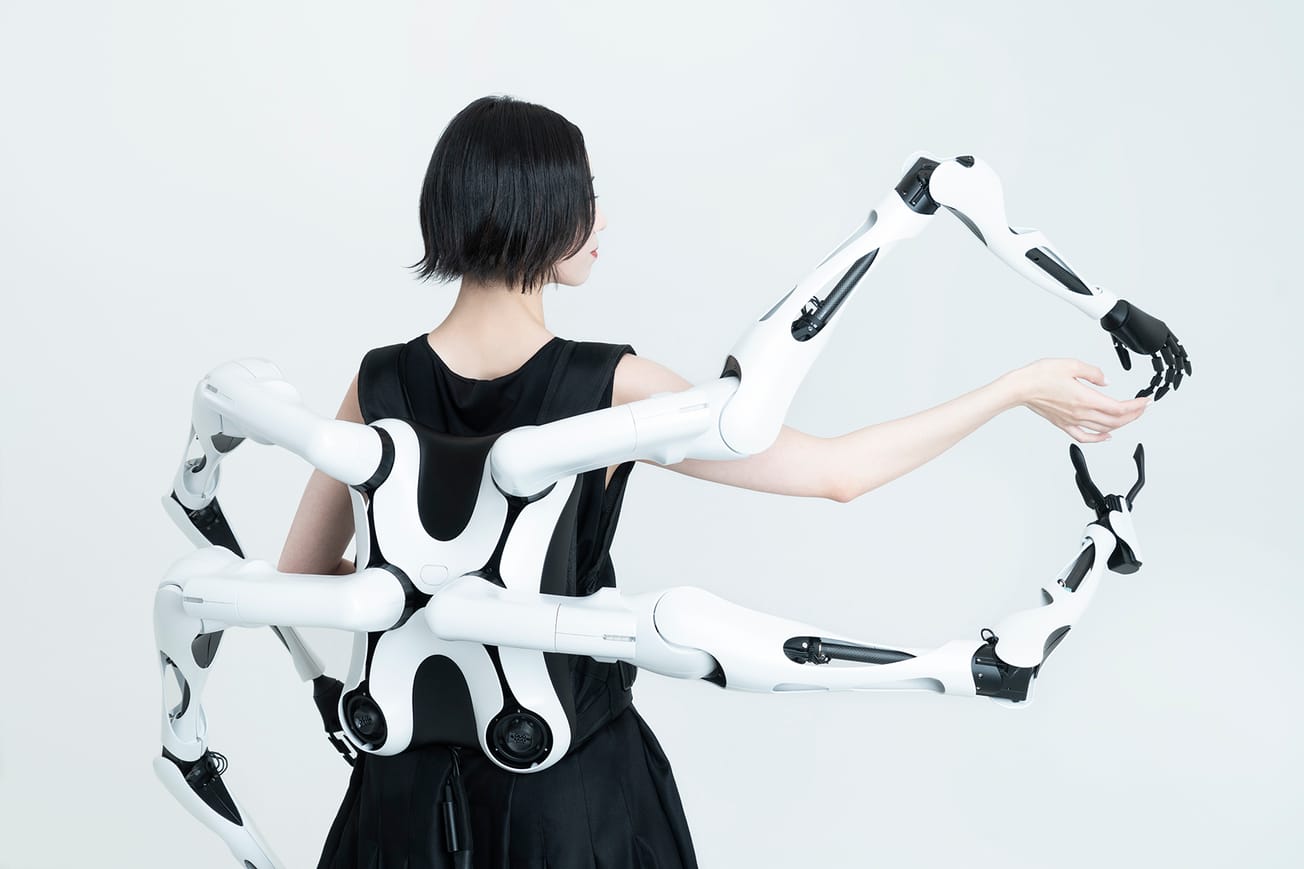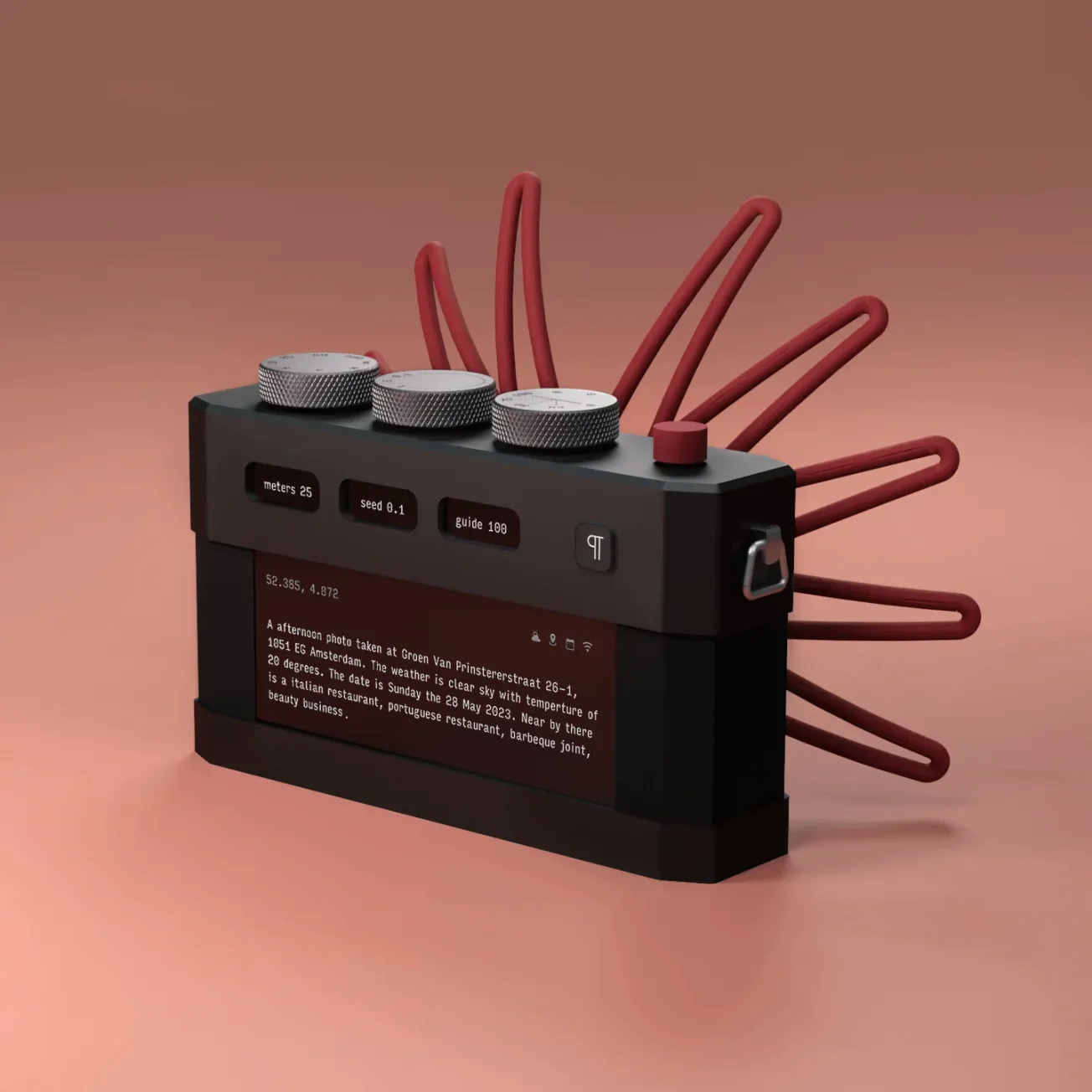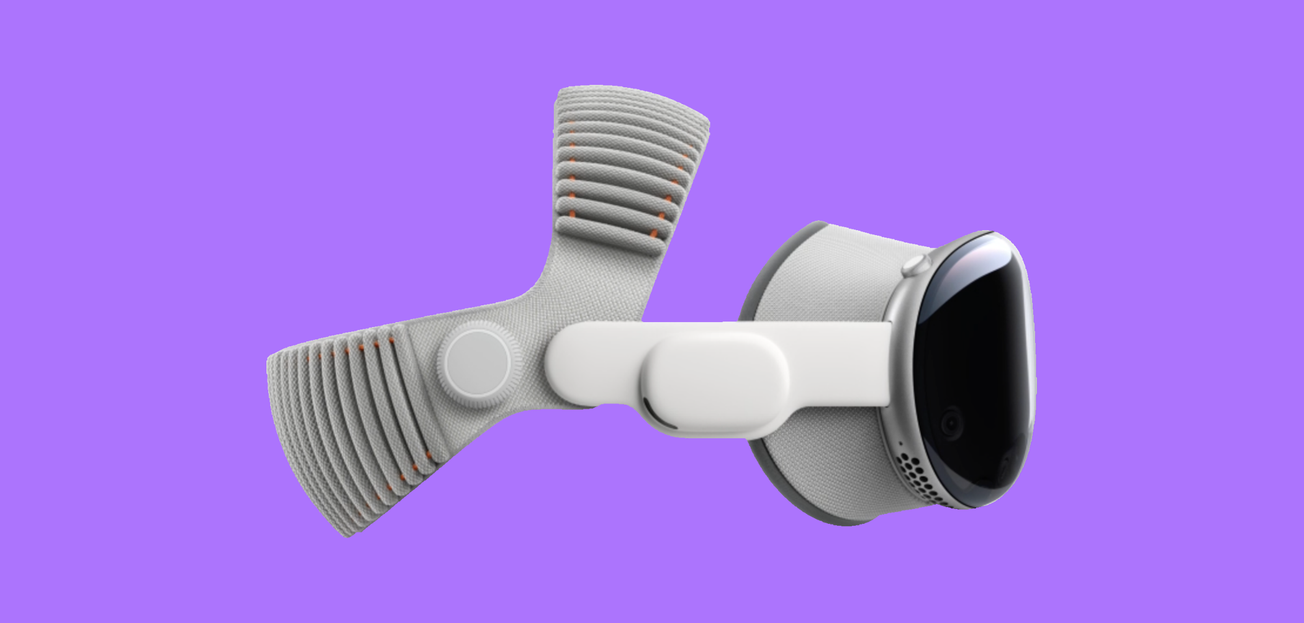As robots begin to increasingly permeate domestic life, designers and engineers are shifting their focus from purely functional automation to emotionally resonant interactions. Research findings have long supported an understanding that expressive robotics can foster deeper connections between humans and machines and artists and designers have been exploring this terrain for decades. Nonetheless, the move toward integrating such devices into the home has largely remained in the realm of speculative fiction. Enter ELEGNT.
Apple’s Emotional Lamp
Apple’s newly revealed prototype, tentatively named ELEGNT, presents one of the first instances of commercialization and mass integration of robotics with expressive motion and human-like responsiveness into the home environment. Similar to the 2012 project Pinokio by Adam Ben-Dror and Shanshan Zhou, the lamp robot does not merely provide illumination but moves dynamically, reacting to users with gestures that mimic emotions. It can adjust its posture based on environmental cues, “dance” to music, and even shift its angle as if displaying curiosity or attentiveness.
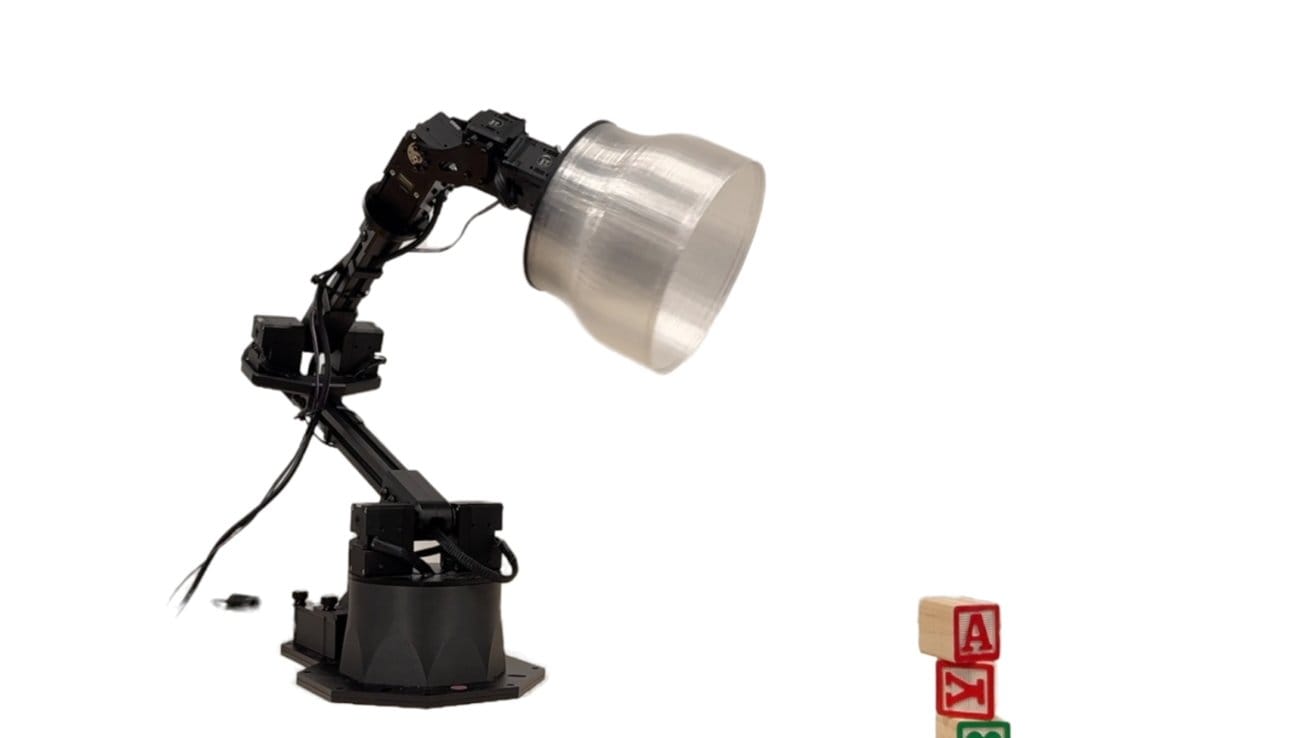
In a recent article by Apple, describing a framework for producing natural and expressive gestures in humanoid robots, researchers found "[…] that expression-driven movements significantly enhance user engagement and perceived robot qualities. This effect is especially pronounced in social-oriented tasks." The emotional cues in the lamp’s movements reduce the cold, mechanical nature of robotics, instead promoting warmth and familiarity—an essential shift in human-robot interaction.
Apple’s position is that by embedding personality into an everyday object, they make advanced technology more accessible and appealing, encouraging a deeper emotional bond between users and their devices. It should, of course, be noted that ELEGNT is not the first consumer-friendly emotive robot to hit the market. There is no shortage of emotive or social robots that have been brought onto the market. To date, these have included Olly, Eilik, EMO, Rux, Shimon, and Loona. However, Apple’s recent entry into this arena is notable and could have broad implications.
Credit: Pinokio by Adam Ben-Dror and Shanshan Zhou
An Evolution of Emotional Robotics
The journey toward emotionally engaging home robots has been explored in various experimental and creative projects. While Apple’s lamp may represent a leap in consumer-friendly emotional robotics, it follows in the footsteps of earlier experimental projects such as the previously mentioned desk lamp Pinokio, Addicted Objects by Simone Rebaudengo, Jibo and Kismet both by Cynthia Breazeal (MIT Media Lab), and BlabDroid by Alexander Reben.
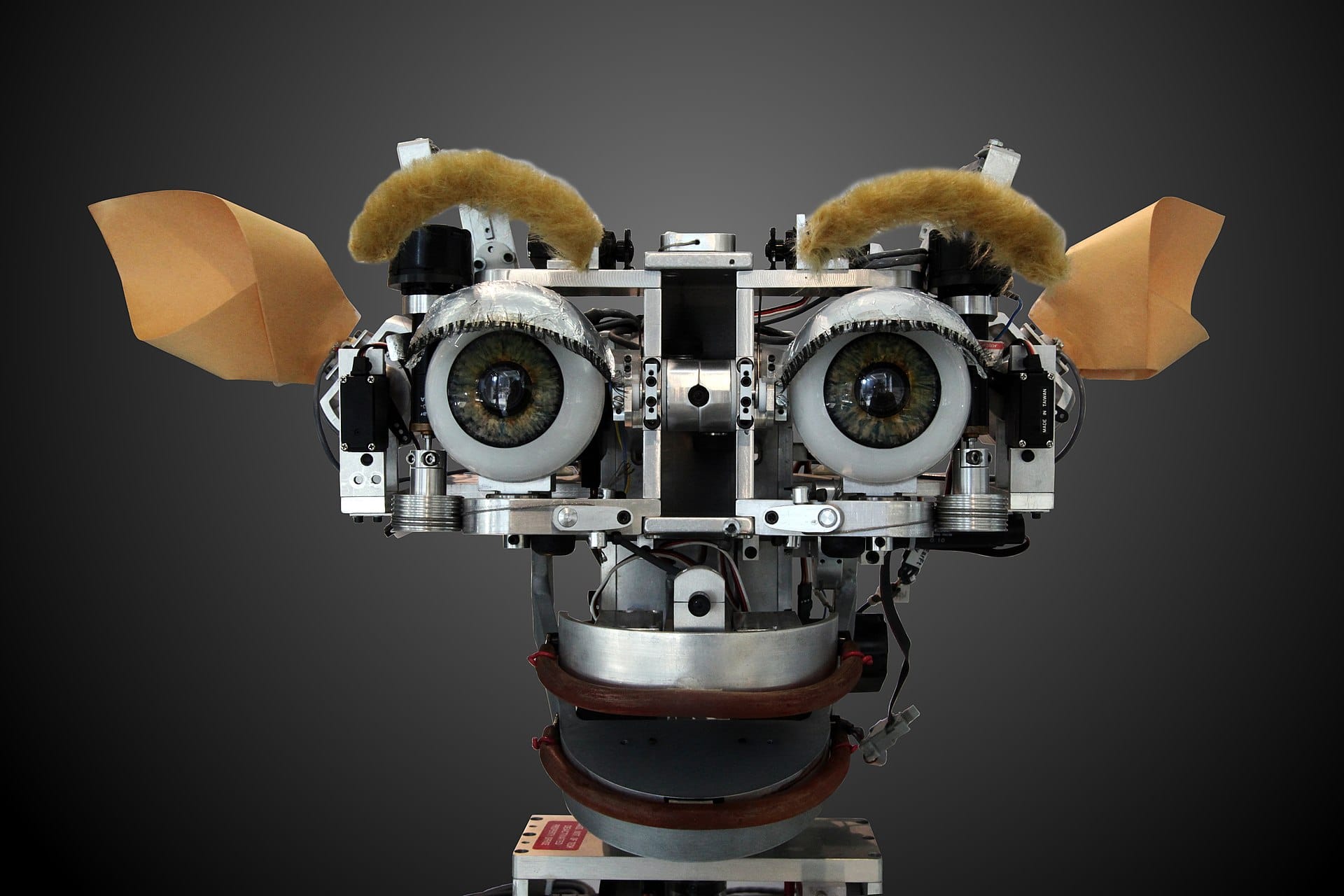
Arguably, these are among the pioneering projects laid the foundation for exploring human-robot relationships, each offering unique insights into how artificial agents can elicit emotional responses. Pinokio’s reactive movements, Addicted Objects’ behavioral dependencies, Jibo’s social intelligence, Kismet’s expressive face, and BlabDroid’s conversational charm all experimented with and demonstrated ways in which robots can engage with users beyond utilitarian functionality. Apple’s lamp capitalized on these early ideas, integrating advanced AI and user-centric design to create a more seamless, emotionally resonant interaction. With this industry giant entering into the frame, what new forms of emotive, social, and companion robots will we see integrated into the home?

Why Emotional Design Matters in Home Robotics
Designing for emotional engagement in robotics is fundamentally rooted in the aesthetics of behavior and gesture—influencing how people interact with and accept devices in their homes. By incorporating expressive gestures and responsive behaviors, designers can not only make technology more approachable, fostering trust and comfort, but could profoundly impact how we operate in our daily lives. This is especially crucial as robots become more integrated into caregiving, education, and social companionship.
Apple’s robotic lamp and earlier experimental works suggest that the future of home robotics will be characterized by emotionally intelligent design. Rather than remaining passive tools, these devices will act as active participants in their environments, enhancing the quality of human-robot relationships through expression and interaction.
As technology progresses, the challenge for designers will be to strike the right balance between functionality and emotional connection. The success of future home robots may depend not on their ability to perform tasks but on how well they make us feel understood, engaged, and even entertained. By drawing on lessons from both consumer electronics and artistic explorations, the next generation of home robotics could bring not just utility but a touch of humanity into our everyday lives.

